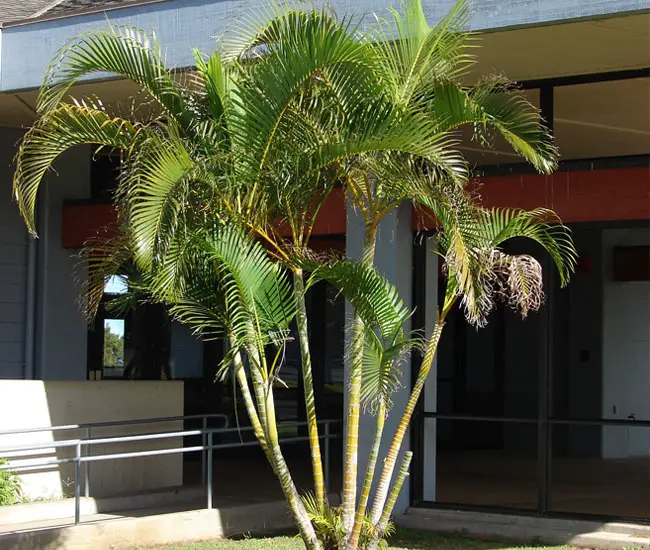
The Areca Palm Tree, scientifically known as Dypsis lutescens, is a popular tropical houseplant valued for its graceful appearance and air-purifying properties. It is native to Madagascar and is renowned for its elegant feathery fronds.
The plant’s common name, “Areca Palm,” is derived from its characteristic yellowish-green leaf stems. Areca Palms are relatively low-maintenance and thrive in bright, indirect light.
It thrives in warm and humid climates and is not tolerant of frost or freezing temperatures. In fact, exposure to cold temperatures below 40°F (4°C) can cause significant damage to the palm.
Quick Facts:
| Scientific name: | Chrysalidocarpus lutescens or Dypsis lutescens |
| Common names: | Areca Palm, Butterfly Palm, Cane Palm, Madagascar Palm, Golden Feather Palm, and Yellow Palm. |
| Origin: | Native to the islands of Madagascar. |
| Growth Rate: | Moderate. Up to 25-30ft tall and 15-20ft wide. |
| Cold Tolerance: | USDA Zones 10a (30 to 35 F) to 11 (above 40 F). |
| Light Req: | Moderate, high |
| Water Req: | High drought tolerance |
| Soil Req: | Widely adaptable |
| Fruit: | Yellow to purple. Not edible. |
| Propagation: | Seed, germinating in 2 months when fresh or division. |
Areca Palm Appearance
The Areca Palm features smooth silver-green trunks crowned with arching, feather-shaped fronds, often growing in clusters to form dense clumps of multiple stems.
Each stem typically bears around six to eight yellow-green leaves on long petioles that curve upward, giving the plant a butterfly-like appearance. Hence, the Areca Palm is commonly referred to as the Butterfly Palm.
Its pinnate leaves can reach lengths of 5 to 7 feet, with each leaf composed of approximately 90 to 110 leaflets arranged in a V shape.
Mature Areca Palms develop ringed cane-like trunks, sharing characteristics with the Bamboo Palm. This palm is also known as the Golden Cane Palm, owing to its yellow-colored petioles.
As a moderate grower, the Areca Palm can attain heights of 25 to 30 feet, with a tendency to grow wider before gaining additional height.
Flowers and Fruits of the Areca Palm
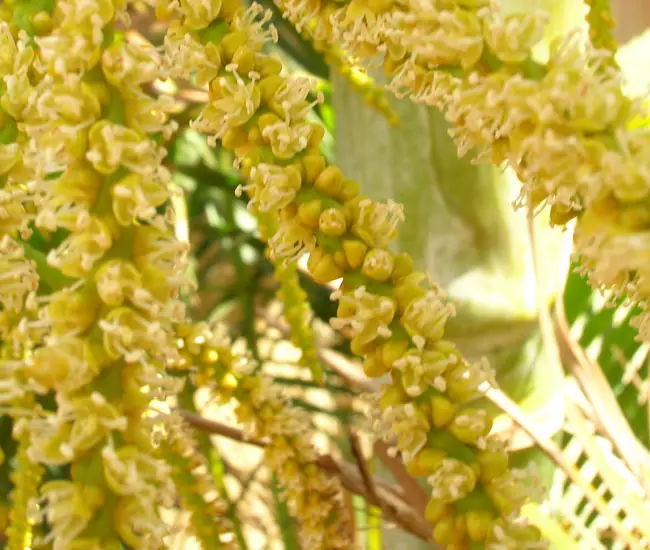
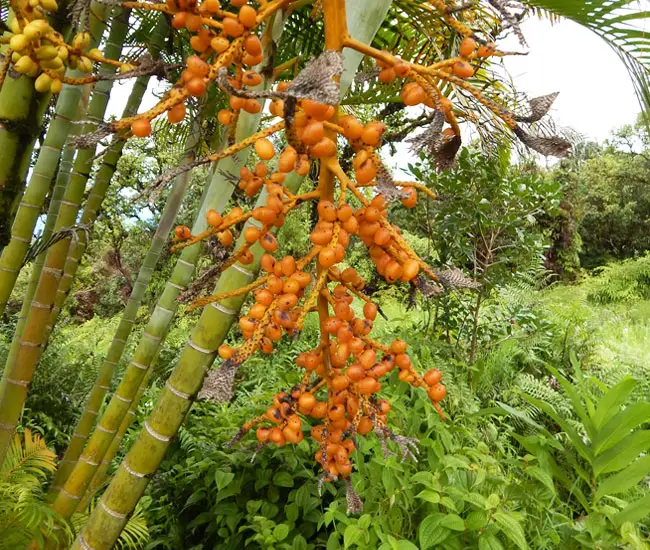
During late spring or early summer, it produces small, bright yellow flowers that emerge from beneath the leaves, featuring both male and female flowers on the same inflorescence.
Following this blooming period, the plant produces light green to yellow fruits that ripen to a yellow-orange hue. These oval-shaped fruits measure approximately 1 inch in diameter, though they are not suitable for consumption.
How to Care for the Areca Palm
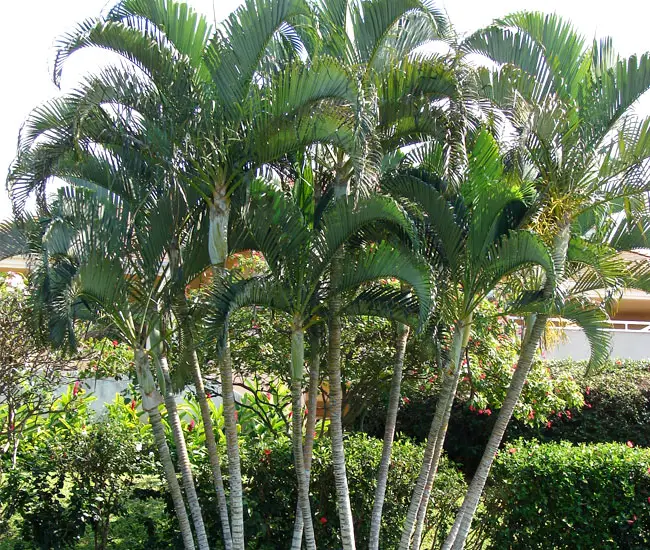
To thrive, the Areca Palm requires bright indirect light. When grown indoors, it should be positioned within 5 to 8 feet of a sunny window, as excessive direct sunlight can scorch its fronds. It’s essential to remove yellow or dead-looking fronds when they appear.
Watering should be frequent but not to the point where the plant sits in water, as this can lead to root rot. The palm will visibly wilt if the soil is allowed to completely dry out, but it will recover upon watering.
Be cautious with water sources that contain salts and minerals; if using a water softener, opt for water from a source that bypasses the softener, such as an outdoor faucet. Occasional misting can enhance the plant’s health, as is common with most tropical plants.
Regular application of high-quality palm fertilizer with a continuous release formula is recommended twice a year during the growing season. Note that the Areca Palm does not age gracefully; while it starts with an upright appearance, over time, the new fronds may become heavy and bent, causing the plant to spread out.
Browning tips on the Areca Palm are normal, so there’s no need for concern unless you observe dead branches. Pruning should be limited to the removal of dead branches to avoid inhibiting growth.
A potential pest to watch out for is the spider mite. If you notice their presence, try misting the plant twice daily with a soapy water mixture. If this doesn’t resolve the issue, consider purchasing a professional-grade pest remover from your local plant or hardware store.
Overall, the Areca Palm is a low-maintenance plant that thrives both indoors and outdoors, making it an excellent choice for creating natural privacy walls or fences.
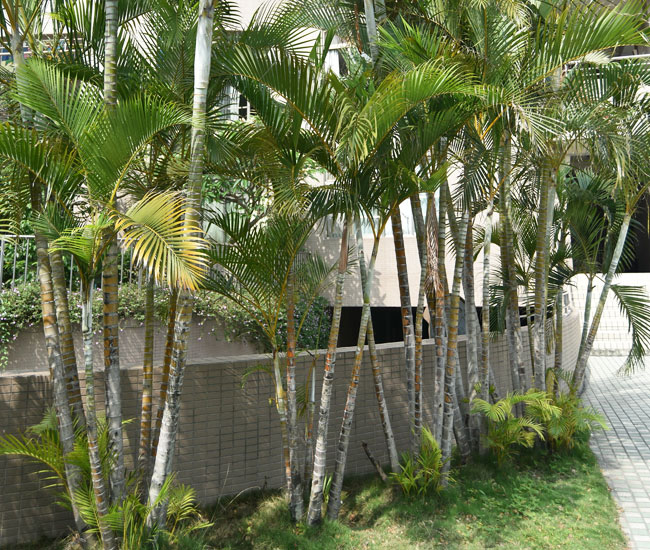
How to Propagate Areca Palm
Areca palms are typically propagated from seeds, with approximately 50 seeds per ounce. To ensure successful germination, viable seeds should be soaked for 10 minutes in a hot sulfuric acid solution.
Under optimal conditions, these treated seeds can be expected to germinate in about 6 weeks. When planting fresh seeds that are yellow to ripe, it’s essential to place them with the top of the seed barely visible, and maintain a consistent germination temperature between 80 and 85°F.
Lower temperatures can significantly prolong the germination process, increasing it by 100-200%. Therefore, it’s crucial to maintain the recommended temperature range for optimal results.
Additionally, storing seeds in conditions of low humidity and low temperature can be detrimental to their germination potential. Cleaning seeds is not an absolute necessity if you plan to plant them immediately.
However, if you intend to store the seeds for later use, it’s advisable to clean the yellow to fully ripened red seeds, allow them to air-dry to a moisture content of 80-90%, treat them with a seed protectant, and store them at a temperature of 75°F for preservation.
Areca Palm Pictures
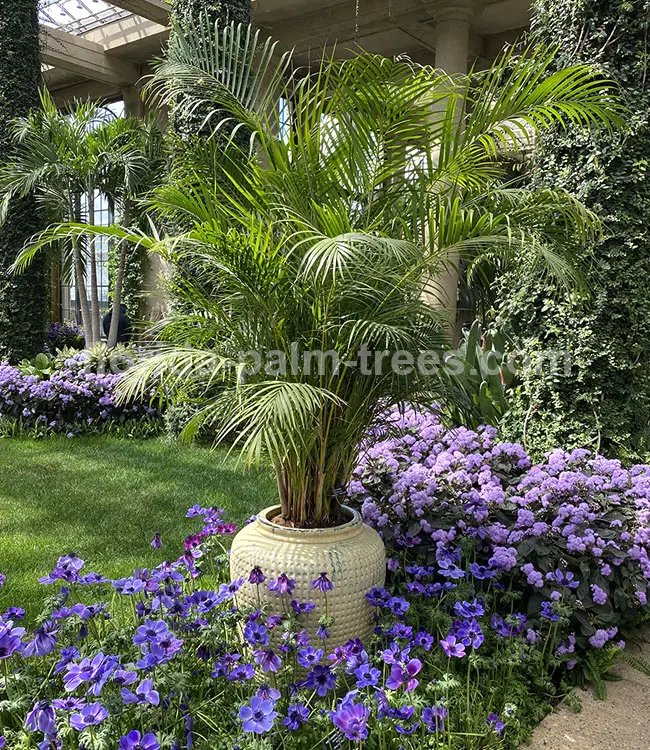
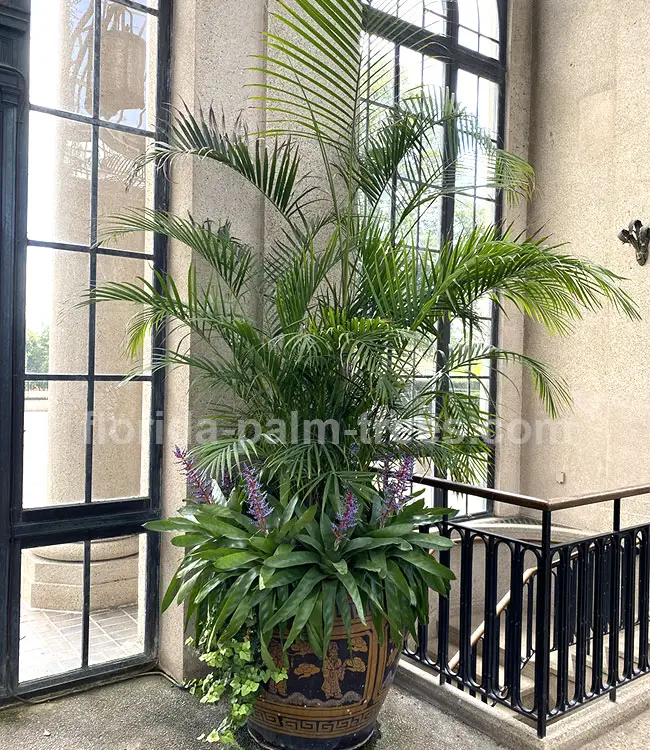
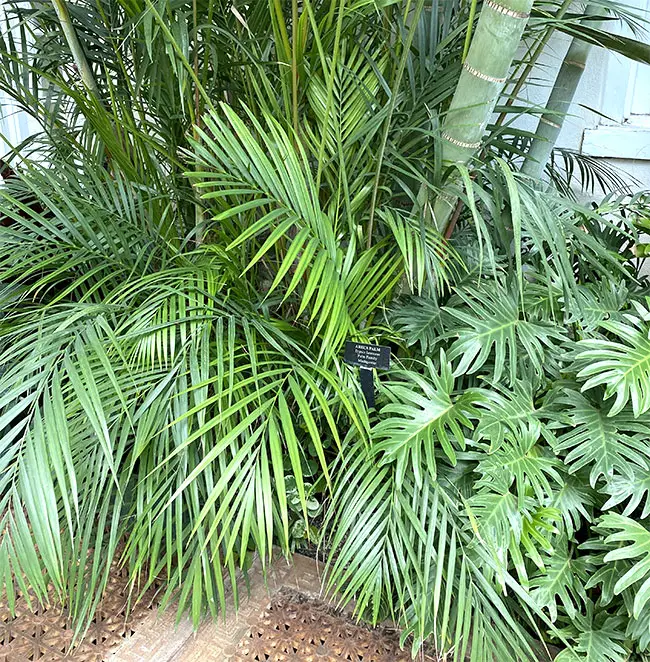
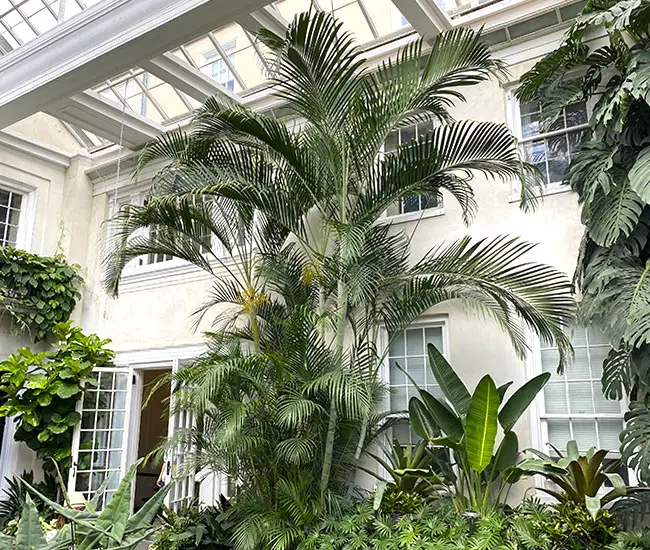
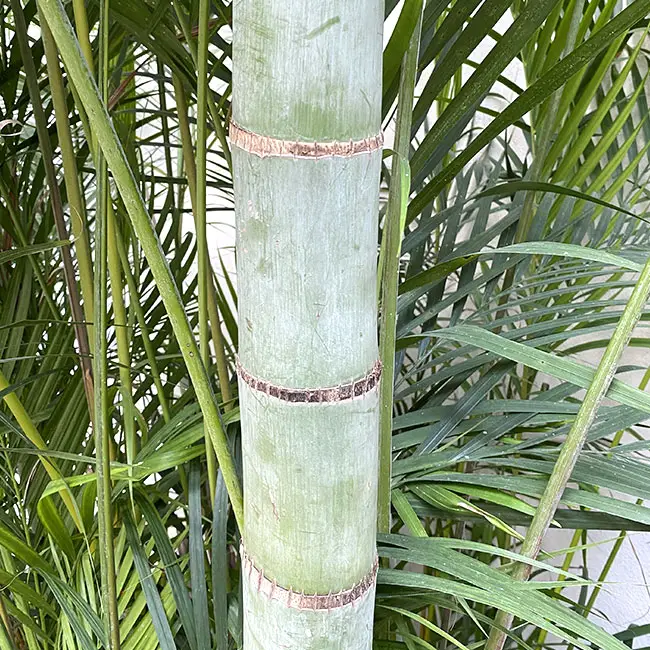
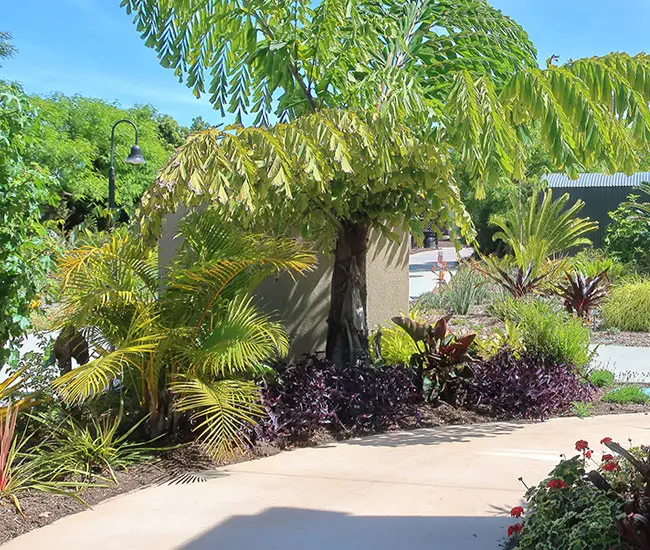
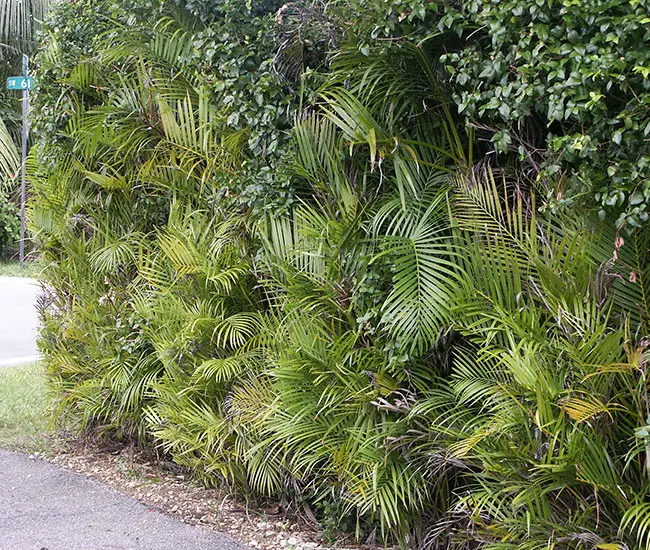
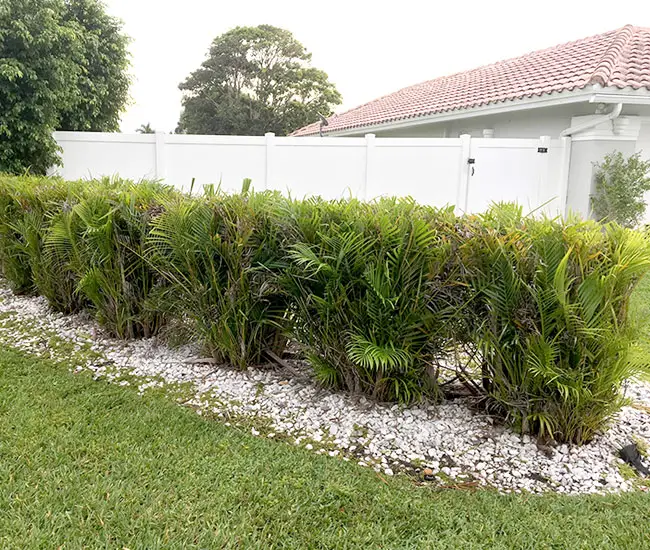
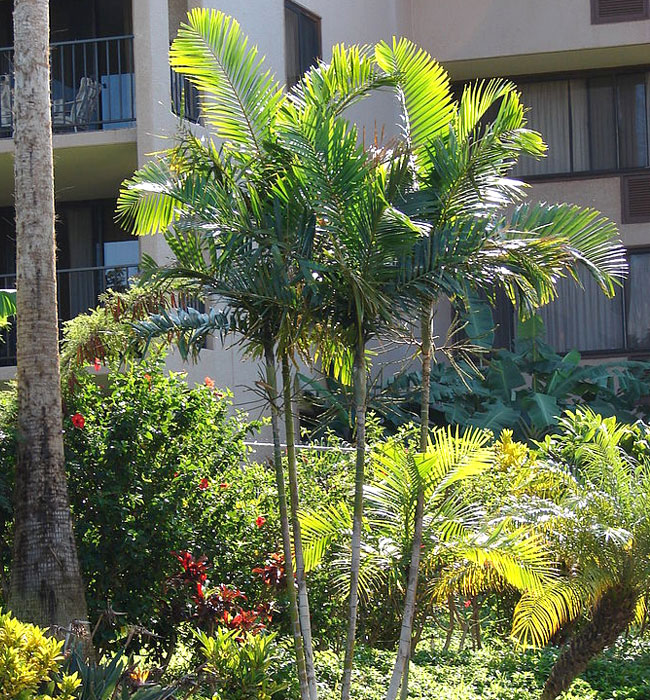
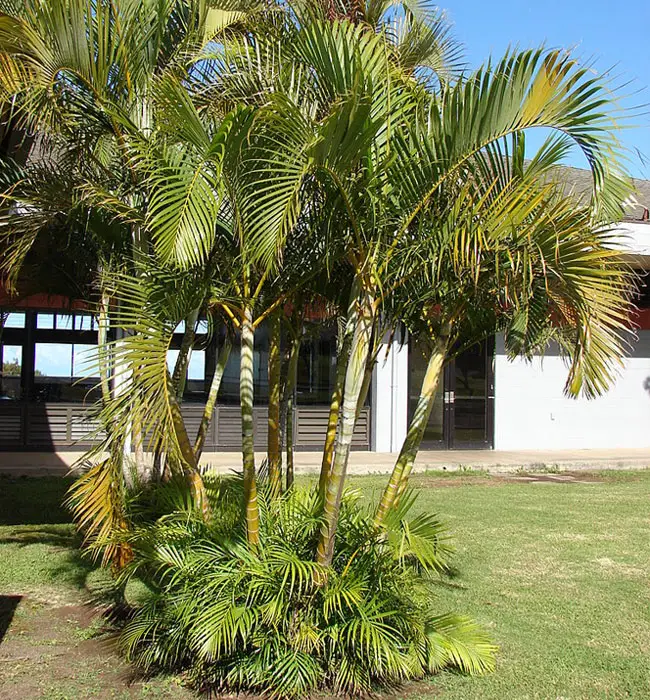
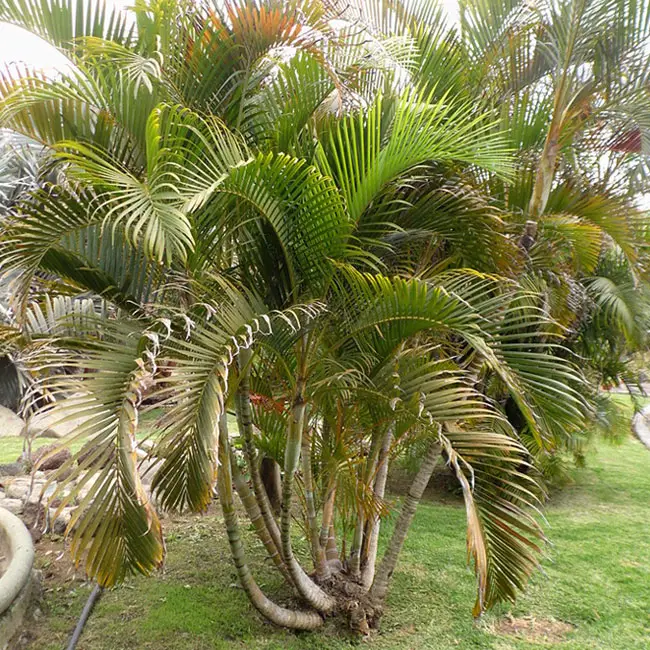
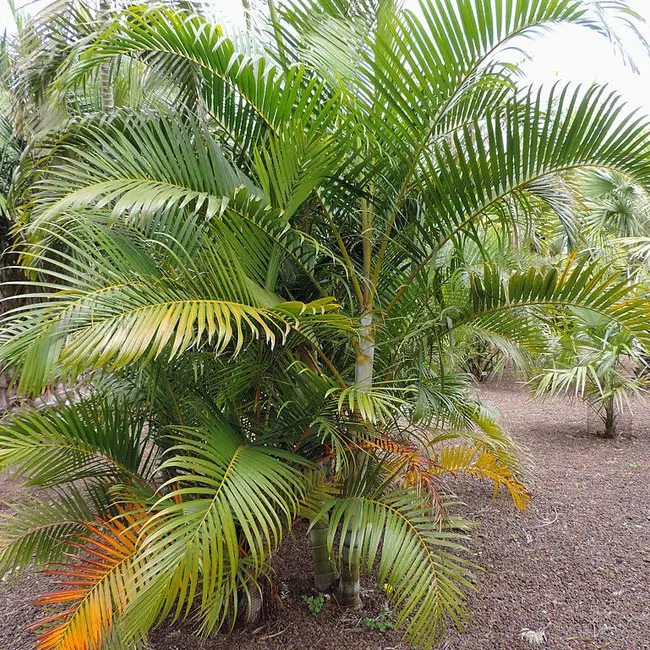
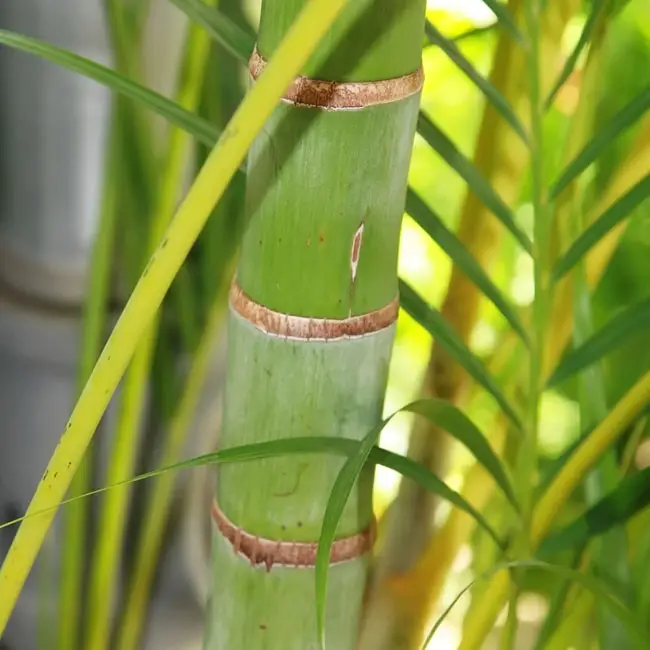
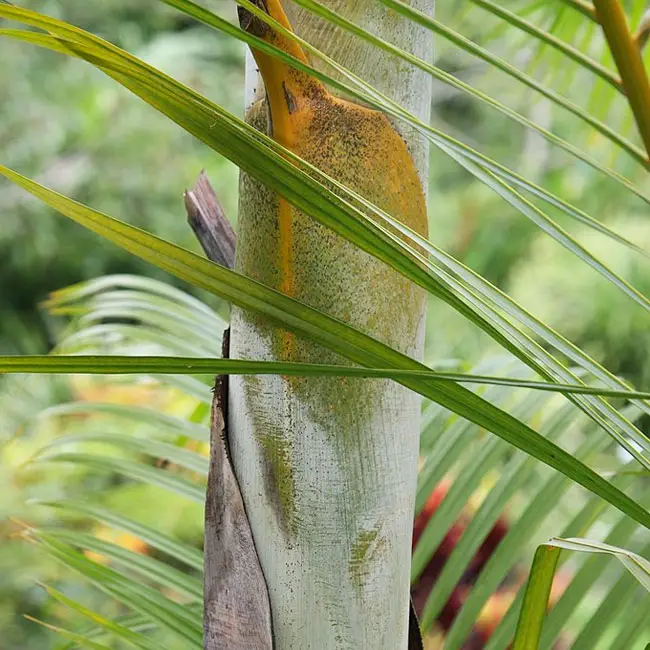
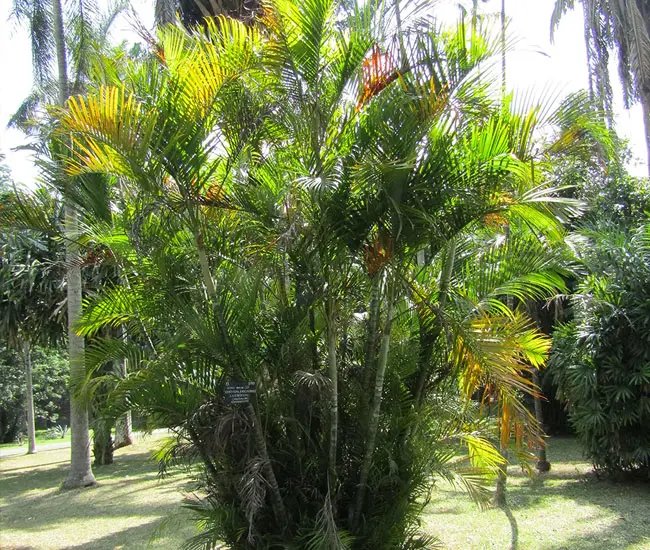
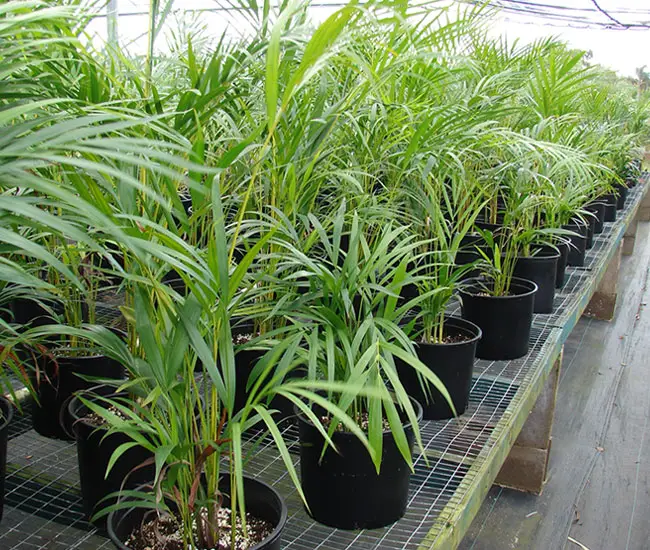
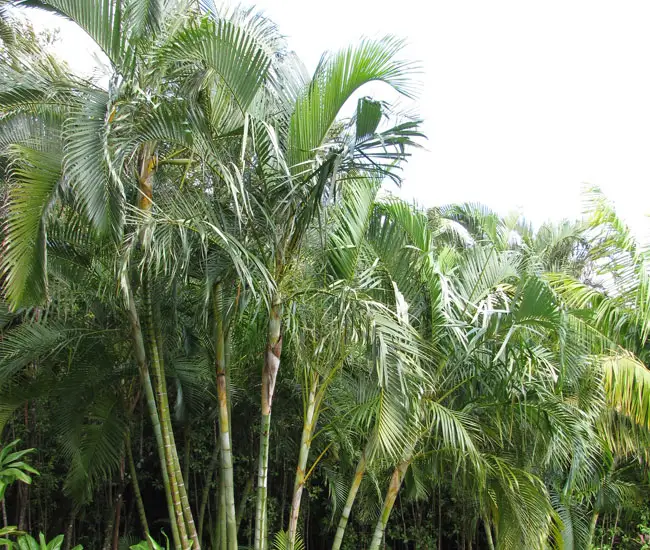
More information can be found on EDIS and Floridata sites.

I have an Areca/Butterfly Palm. I Love it!! Its fairly easy to take care of I only have to water it about every 3Weeks or so, its beautiful, and my favorite part It makes me feel like I’m at the beach instead of in my house.
Hi I have a great picture of our Areca Palm one with just the fern and one with a closeup of the seeds, would you like me to send them to you?
I have a palm tree that I can not identify is there a place that I could send you a picture and perhaps you could help me figure out which one it is. Let me know, thank you.
Hi. I am interested in buying 8 areca palm trees. Can you please give me a call at 912-308-8610 thank you!
I’m pretty sure I have an areca palm but looks so similar to a couple others. I have only had it maybe a year and it’s about 4 feet tall. It just started to grow a flower. Is this normal because I have had these in the past and so have my parents and I have never seen one grow a flower indoors. How do I get the seeds from it? How often do they flower being an indoor plant. I’m at a loss with this one and normally I’m pretty good with it lol. Thank you in advance!
I love your website about the Areca Palm Tree I have another Palm beside it that is smaller and want to know if its the Areca also
It is also beautiful even after the hurricane. How can i find out ? I had to trim the Areca, it was whipped real bad. I still have higher fronds to take off. I cant reach them. i have a friend who will. Over the years i have thoroughly enjoyed them.
Thank You, B. L.
What is the best way to take off the beginning growth of a palm tree at the base and transplant it ?